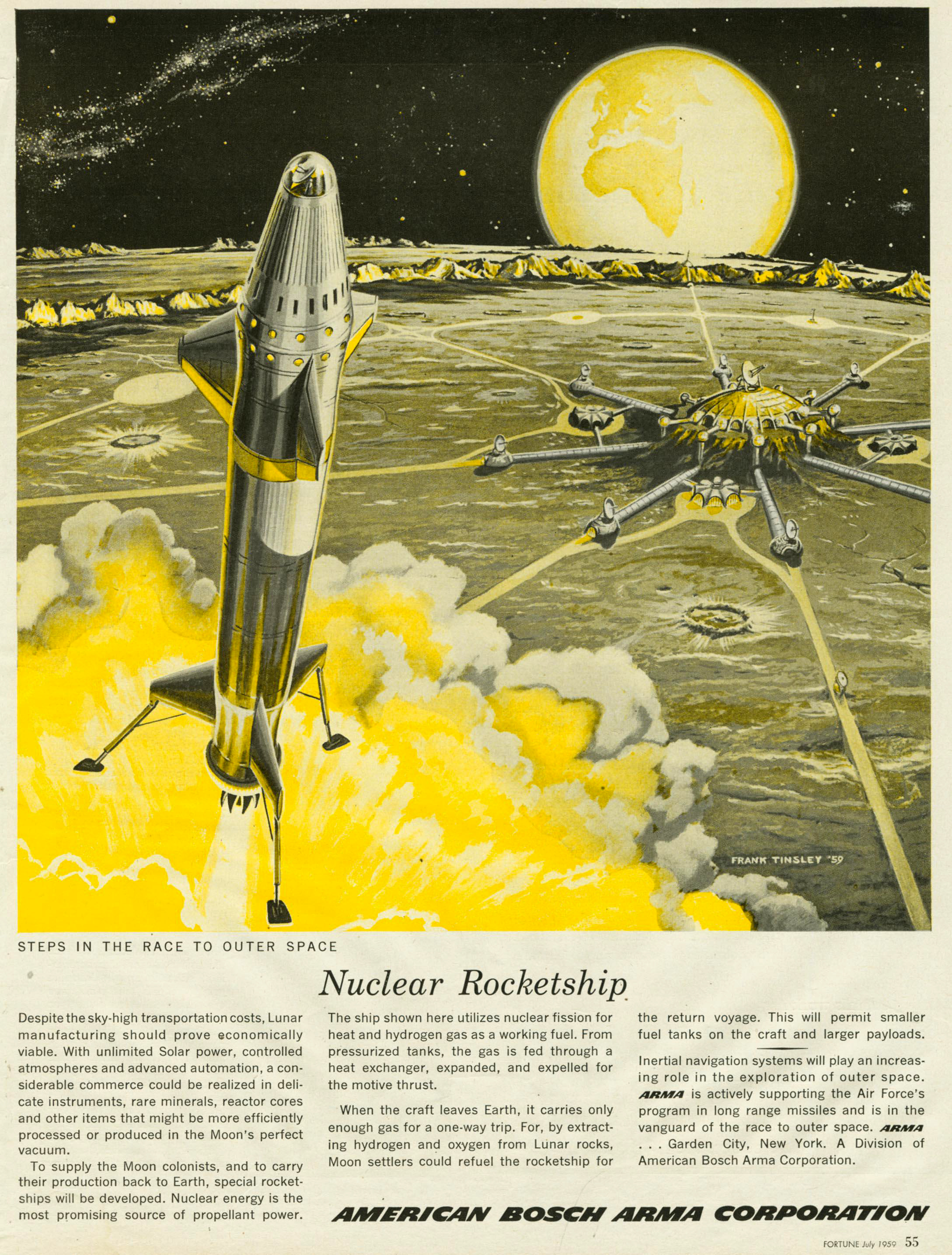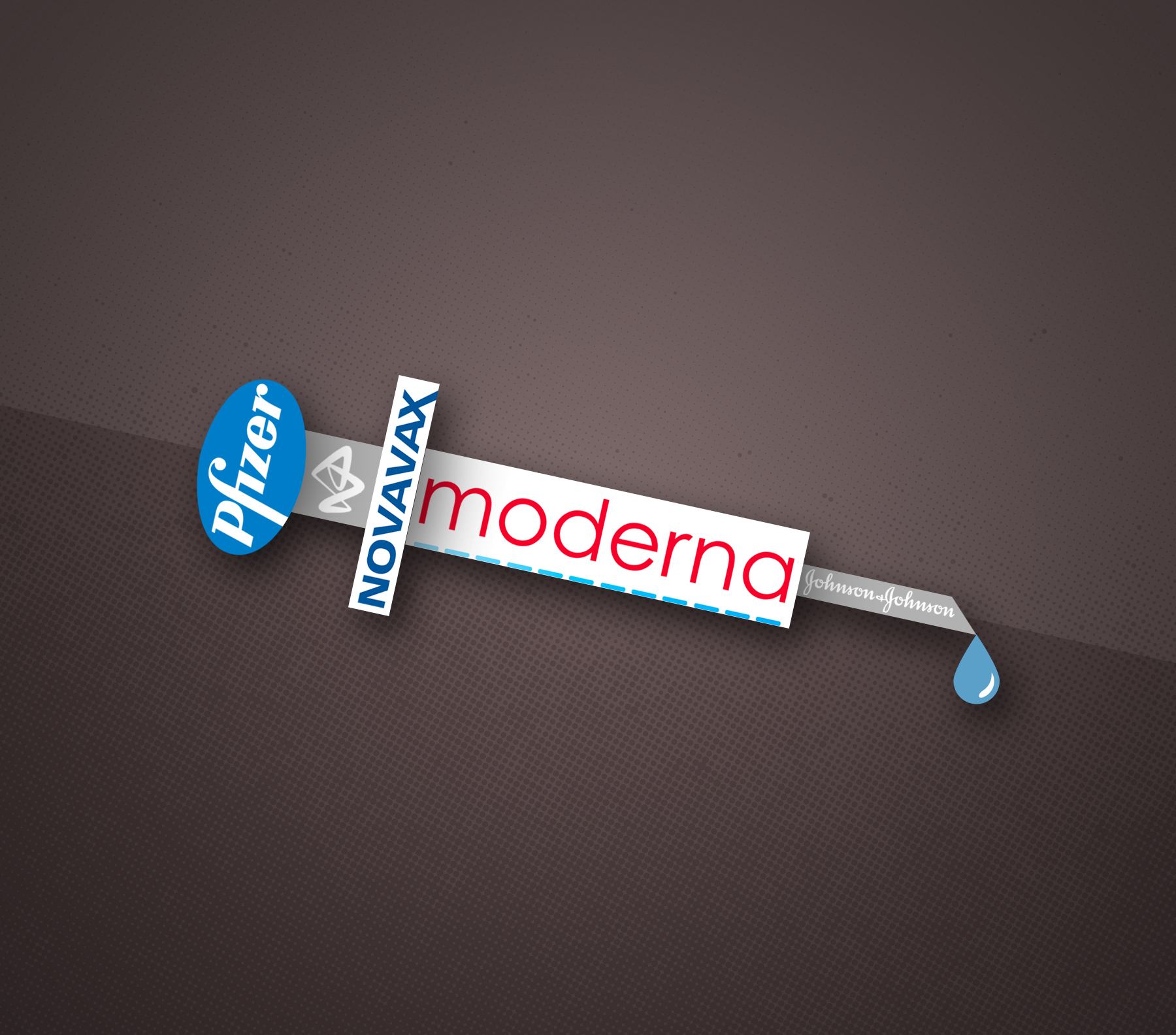The colonization of space
Humanity is inching closer to establishing colonies on other worlds. Is it really feasible?

Humanity is inching closer to establishing colonies on other worlds. Is it really feasible? Here's everything you need to know:
What's the timeline?
The best guess is that humanity will set up shop on the moon or Mars or both sometime in the 2030s. NASA says it will develop the ability to establish a lunar colony within six years, but currently has no such plans. Russia says it will establish a lunar outpost by 2030, and China's and Europe's space agencies are toying with a moon base, too. Setting up a colony on Mars would be far more challenging. The tiny Dutch company Mars One claims it will send pioneers by 2032 — but few outside experts think this is feasible. Elon Musk's SpaceX plans to land two unmanned cargo ships on Mars in 2022. Four more will follow in 2024 — two of those manned. Musk said he wants Mars Base Alpha done by 2028 for the first colonists. NASA's timeline calls for a round-trip manned mission to orbit Mars in 2033 and for a landing in 2039. But it has no current plans to establish a permanent colony there.
The Week
Escape your echo chamber. Get the facts behind the news, plus analysis from multiple perspectives.

Sign up for The Week's Free Newsletters
From our morning news briefing to a weekly Good News Newsletter, get the best of The Week delivered directly to your inbox.
From our morning news briefing to a weekly Good News Newsletter, get the best of The Week delivered directly to your inbox.
Why would we do it?
There are lots of practical reasons for a moon base. Private companies could mine the trillions of dollars' worth of gold, platinum, rare Earth metals, and helium-3 under the lunar surface. A lunar outpost would allow scientists to conduct radio and optical astronomy far from Earth's noise and light pollution. The reasons for colonizing Mars are more romantic, although some visionaries contend it's a matter of necessity. Musk and the late astrophysicist Stephen Hawking both warned that space colonization is a must for our species' survival, giving us some insurance in case of a massive asteroid strike, a nuclear war, or an environmental disaster such as climate change. "When we have reached similar crises," Hawking said, "there has usually been somewhere else to colonize. We are running out of space, and the only places to go to are other worlds."
Where will we go first?
The moon is a logical first step. It takes only a few days to get there, and such proximity allows for near-real-time communications and robotic remote control. Because the moon has just one-sixth the gravity of Earth, a spaceport there could provide a cheaper jumping-off point for missions to Mars and other planets in our solar system. Nonetheless, there is far more interest in colonizing Mars, despite a one-way trip requiring at least seven months, and other major logistical challenges. The Red Planet has long occupied a special place in the human imagination. "To me the moon is as dull as a ball of concrete," said NASA astrobiologist Chris McKay. "But we're not going to have a research base on Mars until we can learn how to do it on the moon first."
A free daily email with the biggest news stories of the day – and the best features from TheWeek.com
Can humans live on Mars?
In theory. Mars has plenty of water, but it is concentrated in polar ice caps, atmospheric vapor, briny soil moisture, and subterranean lakes. The challenge is accessing it — and making it potable. The same with oxygen. Mars' thin atmosphere consists mostly of carbon dioxide, and scientists have designed machines that can strip the oxygen atoms from CO2 to make enough oxygen to supply astronauts or colonizers. Food could be grown under artificial light from genetically modified plants. We'll also need human-friendly habitats. NASA hired the American company Made in Space to develop microgravity 3-D printers that could build some of what we'd need from local resources. MIT researchers are now designing prototypes of habitats inside golf ball–shaped domes.
How much would it cost?
A lot. NASA estimates it could pull off its lunar station for $10 billion, or roughly the cost of an aircraft carrier. As for Mars, any figure is purely hypothetical, since the necessary technology doesn't exist. "Right now," Musk conceded, "you cannot go to Mars for infinite money." That said, one holy grail for reducing the cost of space travel and colonization is reusable rockets, and SpaceX has made great strides on that front. In 2017, it successfully brought in the first refurbished, pre-used rocket component on a launch.
What are the environments like?
The airless moon is not very hospitable. Daytime lunar temperatures reach 250 degrees Fahrenheit in direct sunlight, and at night dip to minus 250. Mars is comparatively balmy, getting into the 60s during the day and around minus 81 at night. Mars has about 38 percent of Earth's gravity — better than the weightless environment of space, but still potentially damaging to colonists' muscles, bones, and brains. The solar radiation there will be vicious. On Mars, without the protective blanket of Earth's dense atmosphere, astronauts will get 100 times the terrestrial dose. Scientists haven't figured out how to solve that problem — or others. Prolonged exposure to microgravity weakens bones, atrophies muscles, and even makes facial hair flammable. Boredom is an issue — and can cause depression and conflict among colonists. Konrad Szocik, a cognitive scientist who has studied problems facing future space colonists, contends that despite the optimism of visionaries, it's unclear that humans can survive long-term away from Earth. "The human body and mind is adapted to live in the terrestrial environment," Szocik said. "Consequently, we cannot predict physical and biological effects of humans living on Mars."
A different breed of humans
If humans do colonize space, there's a chance they'll come to act — and even look — different from earthlings. Cameron Smith, a Portland State University anthropologist, speculated that isolated colonies could develop unique languages and cultures — and perhaps evolve new biological traits — in as few as 300 years. "Precisely what new characteristics will be selected for or against, and spread or be deleted from the population, is very hard to predict, however," Smith said. Ultimately, a population of Martian colonists could evolve into beings adapted to microgravity, high radiation, and other conditions there. There's also the possibility they could even genetically engineer new organs to fit the challenges of their environment. Human Martians, for example, could bioengineer gills that could suck the oxygen out of the CO2-filled air.
-
 Trump HHS slashes advised child vaccinations
Trump HHS slashes advised child vaccinationsSpeed Read In a widely condemned move, the CDC will now recommend that children get vaccinated against 11 communicable diseases, not 17
-
 Hegseth moves to demote Sen. Kelly over video
Hegseth moves to demote Sen. Kelly over videospeed read Retired Navy fighter pilot Mark Kelly appeared in a video reminding military service members that they can ‘refuse illegal orders’
-
 Delcy Rodríguez: Maduro’s second in command now running Venezuela
Delcy Rodríguez: Maduro’s second in command now running VenezuelaIn the Spotlight Rodríguez has held positions of power throughout the country
-
 Are zoos ethical?
Are zoos ethical?The Explainer Examining the pros and cons of supporting these controversial institutions
-
 Will COVID-19 wind up saving lives?
Will COVID-19 wind up saving lives?The Explainer By spurring vaccine development, the pandemic is one crisis that hasn’t gone to waste
-
 Coronavirus vaccine guide: Everything you need to know so far
Coronavirus vaccine guide: Everything you need to know so farThe Explainer Effectiveness, doses, variants, and methods — explained
-
 The climate refugees are here. They're Americans.
The climate refugees are here. They're Americans.The Explainer Wildfires are forcing people from their homes in droves. Where will they go now?
-
 Coronavirus' looming psychological crisis
Coronavirus' looming psychological crisisThe Explainer On the coming epidemic of despair
-
 The growing crisis in cosmology
The growing crisis in cosmologyThe Explainer Unexplained discrepancies are appearing in measurements of how rapidly the universe is expanding
-
 What if the car of the future isn't a car at all?
What if the car of the future isn't a car at all?The Explainer The many problems with GM's Cruise autonomous vehicle announcement
-
 The threat of killer asteroids
The threat of killer asteroidsThe Explainer Everything you need to know about asteroids hitting Earth and wiping out humanity